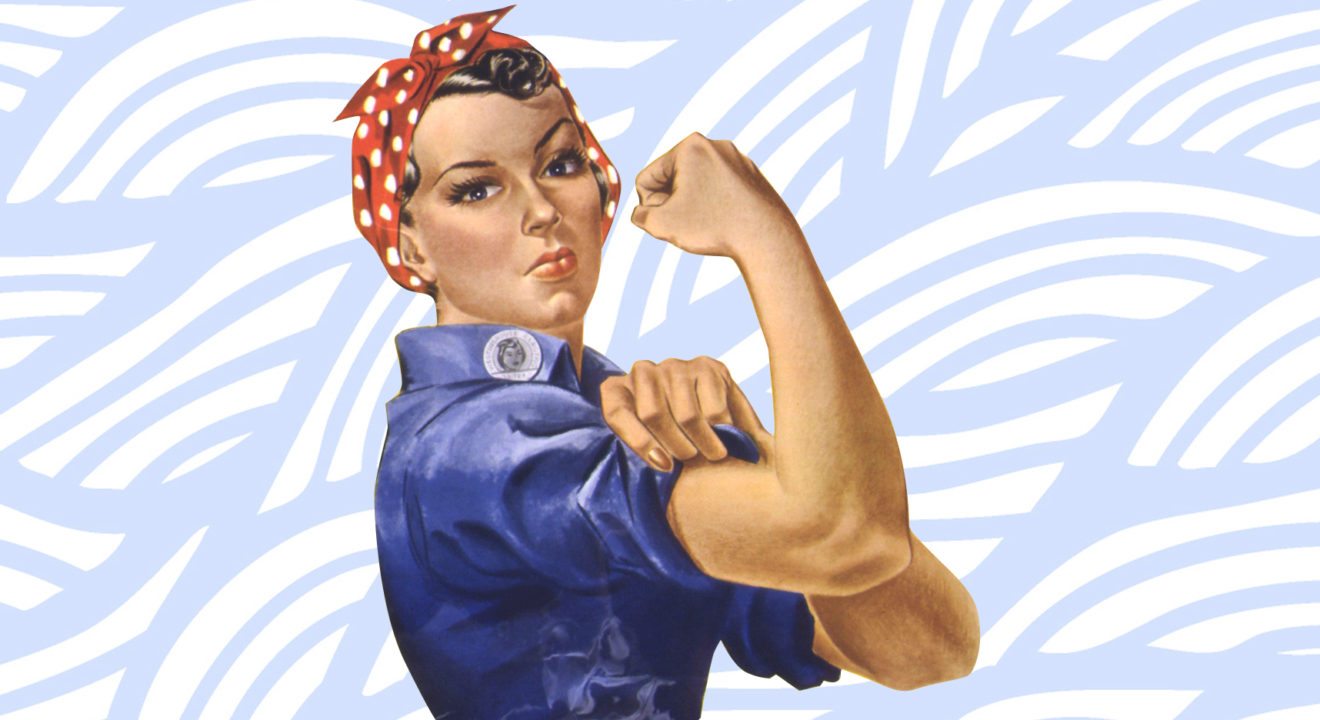Inspiration October 13, 2016


NAME: Rosie the Riveter
LIFETIME: 1942 – Present
WHAT SHE IS KNOWN FOR: Rosie the Riveter is a symbolic character who pushed women into the factory workforce during World War II. She has become an iconic image for feminism in the United States.
WHY WE LOVE HER: Rosie first appeared in American pop culture in a song written in 1942. After the U.S. became involved in WWII, she was credited with opening the workforce to women. “Rosie” became a name associated with all of the women who entered the workforce during this time, however, the name Rosie is a composite of several women named Rose, including Rose Bonavita and Rose Will Monroe. Throughout her three years in the media, Rosie pushed 19 million women outside of the home and into factories. Women identified with Rosie and felt that she proved to society that women could do a “man’s job” and do it well. Since the birth of Rosie, artists have worked to capture the spirit of the women who made the war’s victory possible. Norman Rockwell created an image of Rosie that appeared on the cover of the Saturday Evening Post and actresses like Lucille Ball took on roles that featured women as workers. In 1980, Connie Field directed a documentary called “The Life and Times of Rosie the Riveter.” While the majority of women during WWII entered the workforce out of economic necessity, not gender equality, Rosie has since become a feminist icon for the ages.
Fun Fact: The iconic “We Can Do It!” image above was created by a Pittsburgh-based artist but only became associated with Rosie 40 years after the war ended.